Sharjah
0529285577 | 065755866
info@orchidconsult.com
Find Us
Asas Building Office No. 2 - Maleha St ,
Warehouses Land - Sharjah
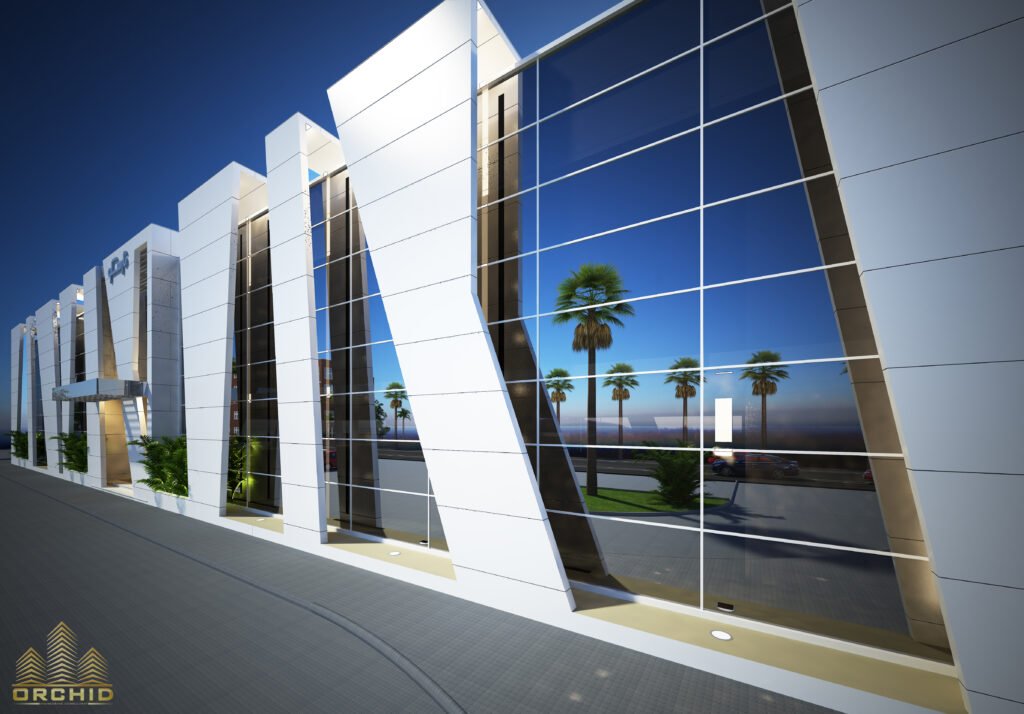
Architectural design is a vital discipline that shapes the built environment, ensuring spaces are functional, aesthetically pleasing, and sustainable. This field of design encompasses various aspects such as aesthetics, functionality, and technology, profoundly influencing how individuals experience their surroundings. Architects utilize principles of design to create structures that not only meet the needs of their occupants but also respond to environmental, social, and economic contexts.
The significance of architectural design can be observed in every facet of urban development. Well-designed buildings contribute to community identity, enhance quality of life, and promote efficient resource use. For instance, innovative architectural solutions often prioritize energy efficiency and the integration of renewable resources, thereby reducing the ecological footprint of a building. This consideration for sustainability is becoming increasingly important as society grapples with environmental challenges. Architects now strive to transcend traditional notions of building design by embracing practices that optimize energy use, improve air quality, and utilize sustainable materials.
Moreover, the intersection of functionality and aesthetics is a critical focus in contemporary architectural design. The visual appeal of a building can significantly affect its perception and use. Architects work to create spaces that are not only usable but also evoke positive emotional responses through thoughtful aesthetic choices. The relationship between form, space, and light is meticulously crafted to enhance user experience while adhering to practical constraints.
As the field of architectural design continues to evolve, it reflects changes in technology, culture, and environmental awareness. By balancing these diverse elements, architects aim to create lasting structures that meet the demands of modern society while remaining mindful of both human and environmental needs. This exploration of architectural innovations underscores the importance of adopting sustainable practices in the quest for beautifully designed and functional buildings.
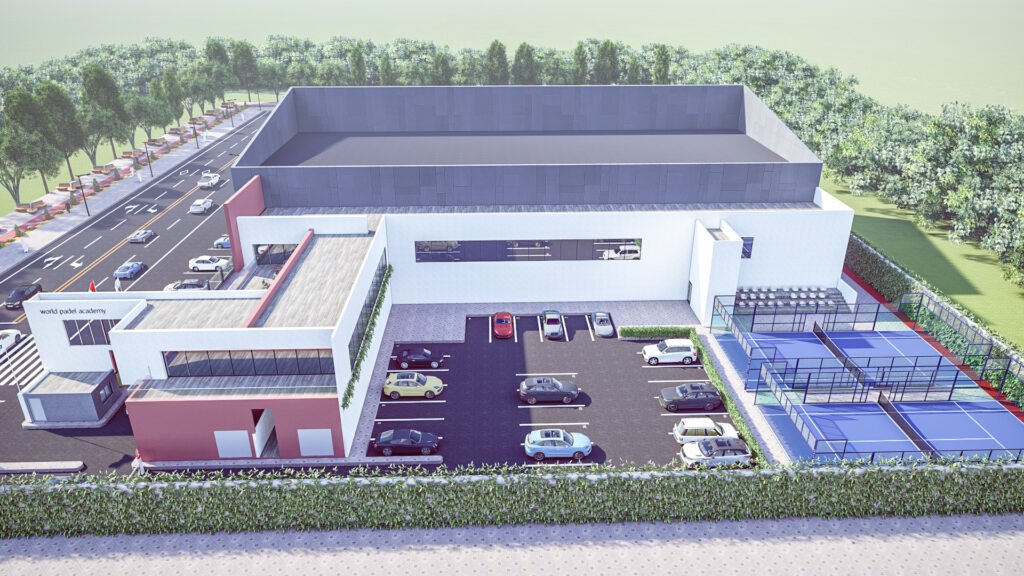
Sustainability in the context of architectural design refers to the practice of creating buildings and spaces that not only meet the needs of the present but also ensure the well-being of future generations. This concept emphasizes a harmonious relationship between the constructed environment and the natural world. One of the core principles of sustainable architecture is reducing the negative environmental impact of building projects. This involves selecting materials that are renewable, recycled, or locally sourced, thereby minimizing the carbon footprint associated with transportation and production.
Moreover, sustainable architectural design prioritizes energy efficiency. This can be achieved through various strategies, such as maximizing natural light, incorporating passive solar design, and utilizing energy-efficient systems for heating, cooling, and ventilation. By doing so, architects can reduce dependency on fossil fuels and lower operational costs for building occupants. These strategies are essential not only for mitigating climate change but also for creating resilient structures that can withstand environmental challenges.
Beyond environmental considerations, sustainable architecture also promotes social equity and economic viability. It addresses the needs of communities by creating spaces that are accessible and inclusive. Architects can engage with stakeholders to ensure that designs reflect cultural values and support the local economy. Furthermore, innovative architectural design that incorporates sustainability often leads to long-term financial benefits, as energy-efficient buildings can significantly reduce utility expenses over time.
In essence, the principles of sustainability in architectural design encompass a comprehensive approach that balances ecological, economic, and social factors. By adopting sustainable practices, architects can contribute to a more sustainable future, fostering a built environment that is not only functional and aesthetically pleasing but also environmentally responsible.
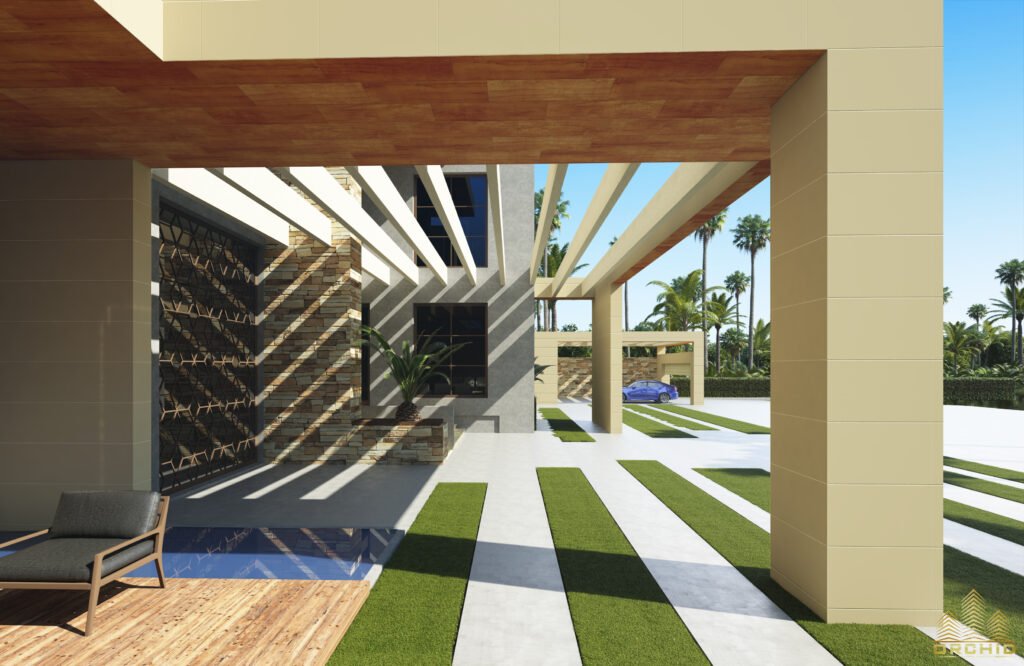
Innovation serves as a catalyst for contemporary architectural design, guiding architects toward creative and functional solutions that cater to modern societal needs and environmental challenges. From the material selection to the methodologies employed, innovative practices in architecture have become pivotal in shaping structures that are not only aesthetically pleasing but also sustainable and adaptable. The evolution of advanced materials, such as bio-based and composite materials, allows architects to design buildings that are lighter, stronger, and more energy-efficient, thus enhancing the overall architectural design.
Smart building technologies have further revolutionized architectural design by integrating automation and connectivity into the very fabric of structures. These technologies enable architects to create responsive environments that optimize energy use, enhance occupant comfort, and improve overall functionality. For instance, intelligent lighting systems and climate control mechanisms can significantly reduce energy consumption and contribute to the sustainability goals that many architectural projects aim to achieve. Moreover, the incorporation of renewable energy sources, such as solar panels and wind turbines, into building designs reflects an innovative approach towards reducing carbon footprints.
Adaptive reuse strategies are another significant innovation in architectural design. By repurposing existing structures, architects can preserve historical elements while creating modern spaces tailored to contemporary needs. This not only mitigates the environmental impact associated with new construction but also revives local communities and contributes to their cultural heritage. Through innovation, architects can explore new uses for old buildings, thus extending their life cycles and showcasing a commitment to sustainability. In summary, the role of innovation in architectural design is indispensable, driving forward-thinking practices that harmonize functionality, aesthetics, and environmental responsibility.
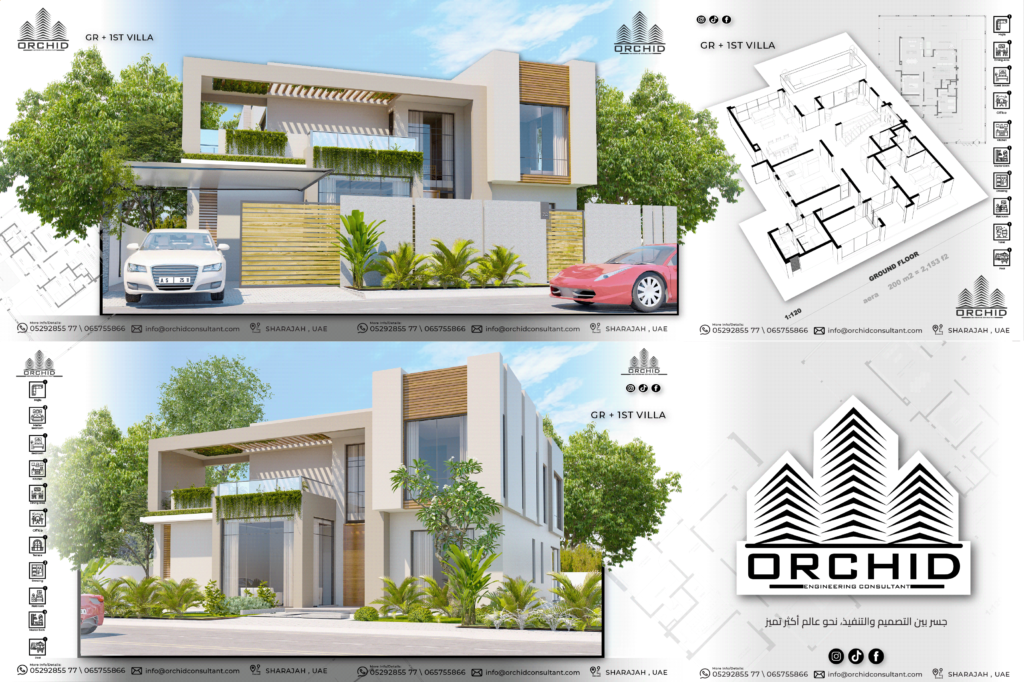
Functionality is a fundamental principle that underpins effective architectural design. It encompasses the practical aspects of building that directly cater to the needs of users, shaping spaces that are not only aesthetically pleasing but also highly usable. Architects face the challenge of creating environments that are accessible to a diverse range of people, ensuring that each space can accommodate various activities while addressing individual needs. By prioritizing usability, architects can eliminate barriers and enhance the quality of life for occupants.
The process begins with a thorough understanding of the intended purpose of a structure. Whether it is a residential home, commercial building, or public facility, the role that each space plays in the lives of its users is paramount. Architects employ a user-centric approach, gathering insights from stakeholders to ensure that the design aligns with their requirements. This collaborative effort helps balance practicality with innovative concepts, resulting in spaces that foster comfort and efficiency.
Accessibility is another critical element in the discussion of functionality in architectural design. It is vital to consider how different users will navigate and experience a space. Strategies, such as universal design principles, enable architects to create environments that cater to individuals of all abilities. Furthermore, incorporating elements like natural light, ventilation, and flexible layouts can greatly enhance the livability of a space, making it not only functional but also inviting.
A successful architectural design ultimately hinges on harmonizing functionality and form. When spaces cater effectively to human use and experience, they rise to a level where form and aesthetics complement practicality. Architects are continually challenged to innovate and refine their designs to meet the evolving needs of users, ensuring that functionality remains at the forefront of architectural discourse.
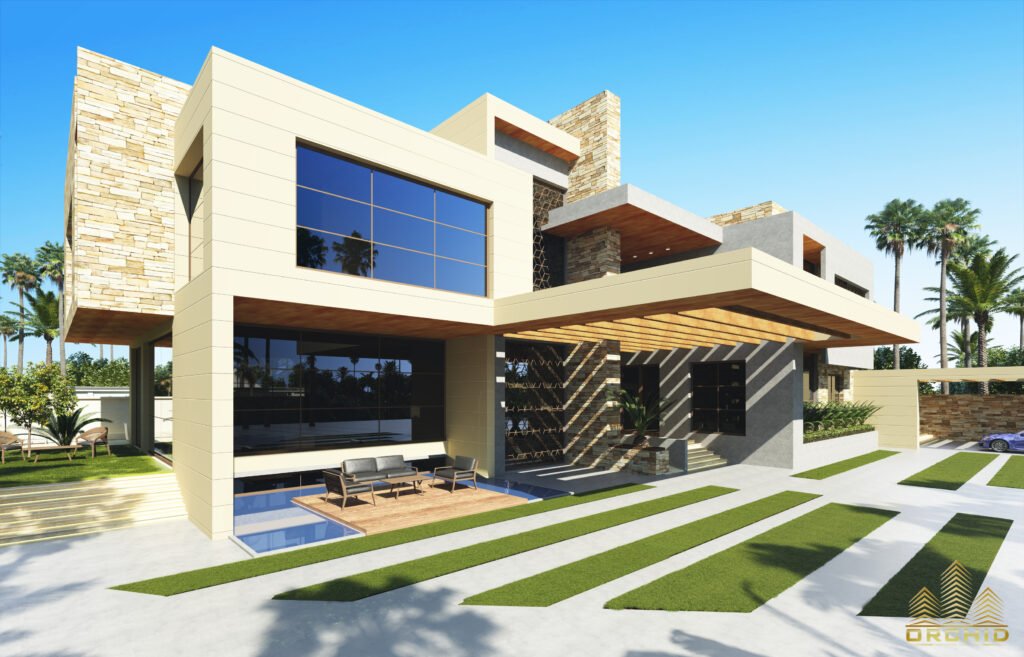
Aesthetics plays a pivotal role in architectural design, as it significantly influences how a structure is perceived and experienced by its occupants and the surrounding community. The visual appeal of a building can evoke emotions, create an identity, and ultimately impact the way spaces are utilized. To achieve a harmonious balance between aesthetics and functionality, architects employ various elements such as color, texture, form, and proportion.
Color is one of the most powerful tools in architectural design. It not only defines the character of a building but can also influence mood and perception. For instance, warm colors may evoke feelings of comfort and intimacy, while cool colors can produce a sense of spaciousness and calm. Thus, the color palette selected can enhance the overall aesthetic experience, promoting both visual impact and emotional resonance.
Texture adds depth and richness to architectural surfaces, allowing for a tactile engagement even before physical contact is made. The interplay of different materials, such as wood, stone, or glass, can create a striking visual contrast that enhances beauty while defining spaces effectively. Furthermore, incorporating various textures can also improve the acoustics and thermal performance of a building, thereby adding functional benefits to aesthetic choices.
The form of a building, which encompasses its shape and structure, is another essential aesthetic consideration. Architects often explore innovative forms that not only captivate but also complement the functionality of the design. Proportion, which refers to the relationship between the dimensions of an object and its surroundings, also plays an essential role in establishing harmony and balance. Thoughtful proportions can create a sense of unity and coherence in overall architectural design, ensuring that visual appeal does not overshadow practical requirements.
Ultimately, achieving an aesthetically pleasing architectural design is a delicate balancing act, where functional requirements and aesthetic values coexist to create impactful and meaningful spaces.
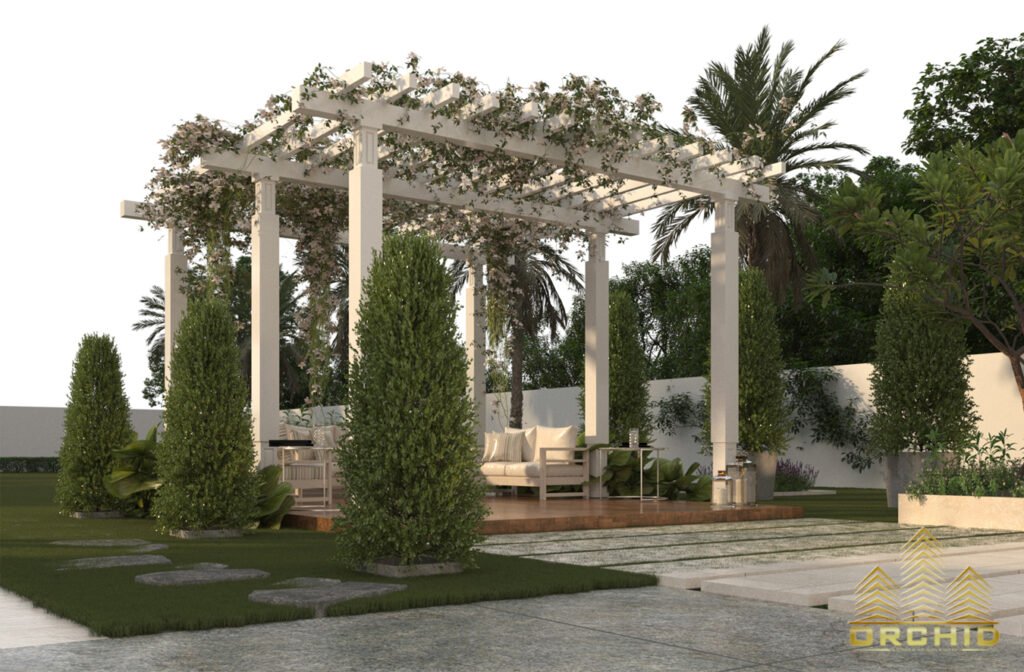
Architectural design does not exist in a vacuum; rather, it is profoundly influenced by the local context in which it is situated. Geographical location plays a crucial role in shaping design choices. For instance, a building in a coastal region may require specific design considerations to withstand humidity and salt erosion, while structures in mountainous areas must address issues related to snow load and seismic activity. These regional characteristics guide architects in creating sustainable buildings that align with their environments.
Additionally, cultural heritage significantly impacts architectural design. Local traditions, materials, and construction methods reflect the history and values of a community. For example, in regions with rich indigenous cultures, architectural features may incorporate traditional elements, thereby fostering a sense of identity and belonging. By integrating cultural aspects into design, architects not only pay homage to history but also create spaces that resonate with inhabitants, enhancing emotional connections to their surroundings.
Environmental conditions must also be considered in the design process. Factors such as climate, natural resources, and biodiversity influence how buildings perform and interact with their ecosystems. Sustainable architectural design promotes energy efficiency, water conservation, and the use of renewable resources, all while minimizing environmental impact. By leveraging local materials and aligning structures with natural landscapes, architects can create buildings that are both functional and visually appealing.
Ultimately, respecting the surrounding community and ecosystem is paramount in architectural design. When designs acknowledge and enhance local context—be it geographical, cultural, or environmental—they contribute to building more cohesive and sustainable environments. As architects navigate these complex influences, the resulting structures not only serve their intended purposes but also foster a sense of harmony and stewardship within the community.
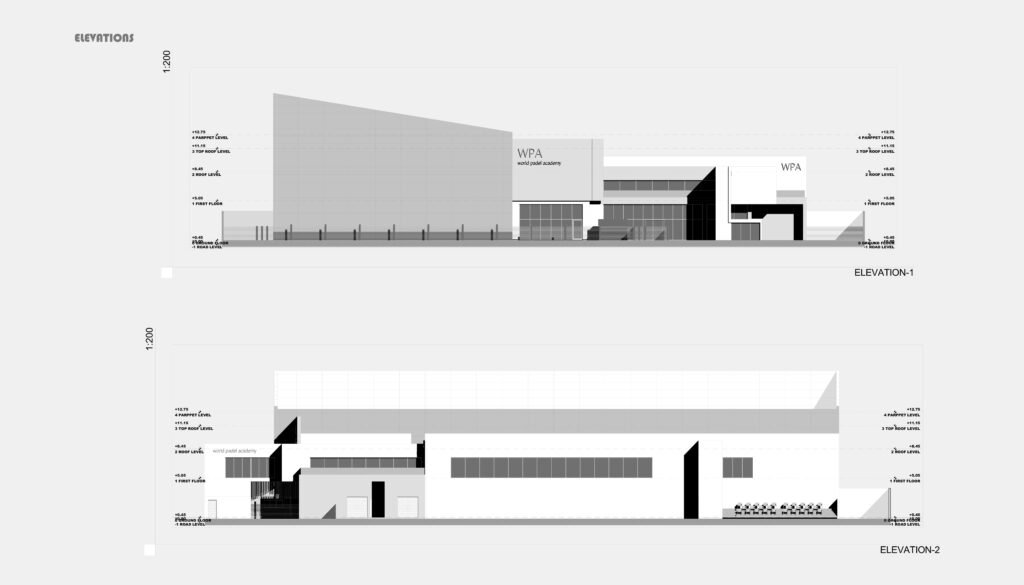
In the realm of architectural design, several projects exemplify the seamless integration of sustainability and aesthetics. These case studies not only showcase innovative techniques but also demonstrate how functionality can harmonize with environmentally considerate practices. One such example is the Bosco Verticale in Milan, Italy, designed by Stefano Boeri. This residential complex consists of two towers adorned with approximately 9,000 trees and over 20,000 plants, creating a micro-ecosystem in the urban environment. The design prioritizes energy efficiency by insulating the buildings and reducing air conditioning needs while enhancing residents’ quality of life through green space.
Another noteworthy project is the Edge in Amsterdam, designed by PLP Architecture for Deloitte. This office building is recognized as one of the greenest in the world, incorporating extensive energy-efficient technologies. Featuring a dynamic facade that adapts to environmental conditions, the structure utilizes solar panels, rainwater harvesting systems, and smart lighting to minimize its carbon footprint. The architectural design not only promotes a sustainable workspace but also fosters collaboration and creativity among employees, illustrating the impact of environment on productivity.
Lastly, the Earthship Biotecture showcased in New Mexico presents a novel approach to non-traditional housing. These self-sufficient homes are constructed from recycled materials and designed to harness solar energy, manage water efficiently, and utilize natural ventilation. The architectural design of Earthships emphasizes renewable resources, demonstrating that sustainable living does not compromise design aesthetics. Each of these case studies exemplifies the innovative spirit in contemporary architecture, providing inspiring models for future projects aiming to balance ecology with elegant design.
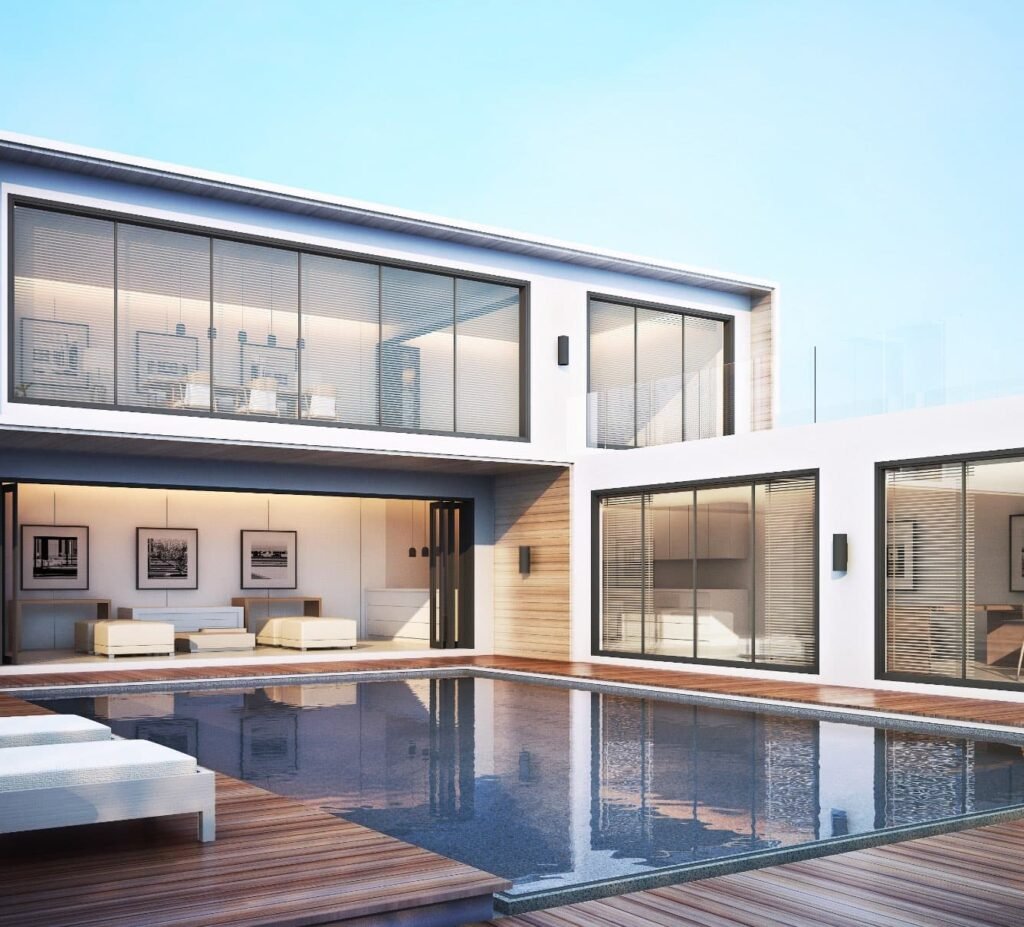
The field of architectural design is evolving rapidly, responding to both technological advancements and shifting societal needs. Emerging trends are paving the way for innovative and sustainable architectural solutions that prioritize functionality alongside aesthetics. One such trend gaining momentum is biophilic design, which emphasizes the integration of natural elements into built environments. This approach not only enhances the visual appeal of structures but also contributes positively to occupants’ well-being by fostering a sense of connection to nature.
Another noteworthy trend is urban agriculture, which involves incorporating food production into urban spaces. This practice not only addresses food security issues but also encourages community engagement and biodiversity within cities. Architects are increasingly experimenting with designs that incorporate rooftop gardens, vertical farms, and edible landscapes, thus creating multifunctional spaces that cater to both residential and commercial needs. As cities grow denser, the integration of agricultural elements into architectural planning is likely to become more prevalent.
Moreover, modular construction is reshaping architectural design, enabling faster and more efficient building processes. This method allows architects to create pre-fabricated sections that can be assembled on-site, reducing waste and construction time. As sustainability becomes a focal point in architectural practices, modular design stands out as a viable solution that minimizes the environmental impact of new buildings.
Furthermore, the infusion of artificial intelligence (AI) into the design process represents a significant advancement in architectural methodologies. AI tools can analyze vast amounts of data to optimize designs, enhance energy efficiency, and improve overall functionality. This technology will likely play a crucial role in driving sustainable architectural practices, leading to smarter buildings that adapt to the needs of their users.
In conclusion, as we look ahead, it is clear that the future of architectural design will be characterized by a synthesis of innovative practices, sustainability, and technological integration. These emerging trends are set to redefine the way we conceive of and interact with our built environments, ensuring that architecture continues to fulfill its essential role in society while mitigating its impact on the planet.
In the ever-evolving field of architectural design, the synthesis of innovation and sustainability plays a pivotal role. This dual approach not only enhances the visual appeal of structures but also addresses the pressing ecological and social challenges faced in today’s world. Throughout this blog post, we have explored how modern architectural practices embrace the principles of sustainability, resulting in environments that promote both functionality and aesthetic value.
The importance of sustainable architecture cannot be overstated. By prioritizing eco-friendly materials and energy-efficient technologies, architects are able to create spaces that minimize their carbon footprint while maximizing user comfort and satisfaction. The integration of nature into urban settings, through concepts like biophilic design, exemplifies how contemporary architects strive to harmonize built environments with the surrounding ecosystem. This not only promotes sustainability but also enhances the well-being of occupants.
Moreover, innovative architectural design challenges conventional boundaries, pushing forward creative solutions that respond to the needs of diverse populations. The blending of traditional techniques with cutting-edge technologies fosters a culture of experimentation and collaboration, essential for tackling the complexities of modern living. Thus, architects become not only creators of structures but also catalysts for social change, inspiring communities to engage with their environments in more meaningful ways.
As we reflect on the intricate interplay between art and science in architectural design, it becomes evident that this field is more than mere construction; it is a multifaceted discipline that shapes our experiences and interactions within our surroundings. By appreciating the depths of this art form, we can better understand the monumental impact that sustainable and innovative architectural design has on our lives and environment.